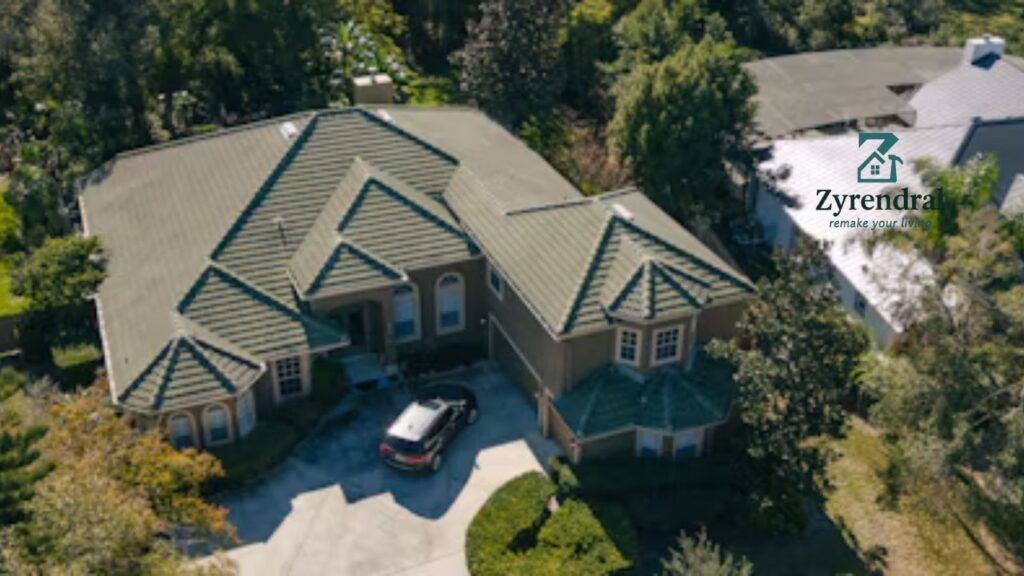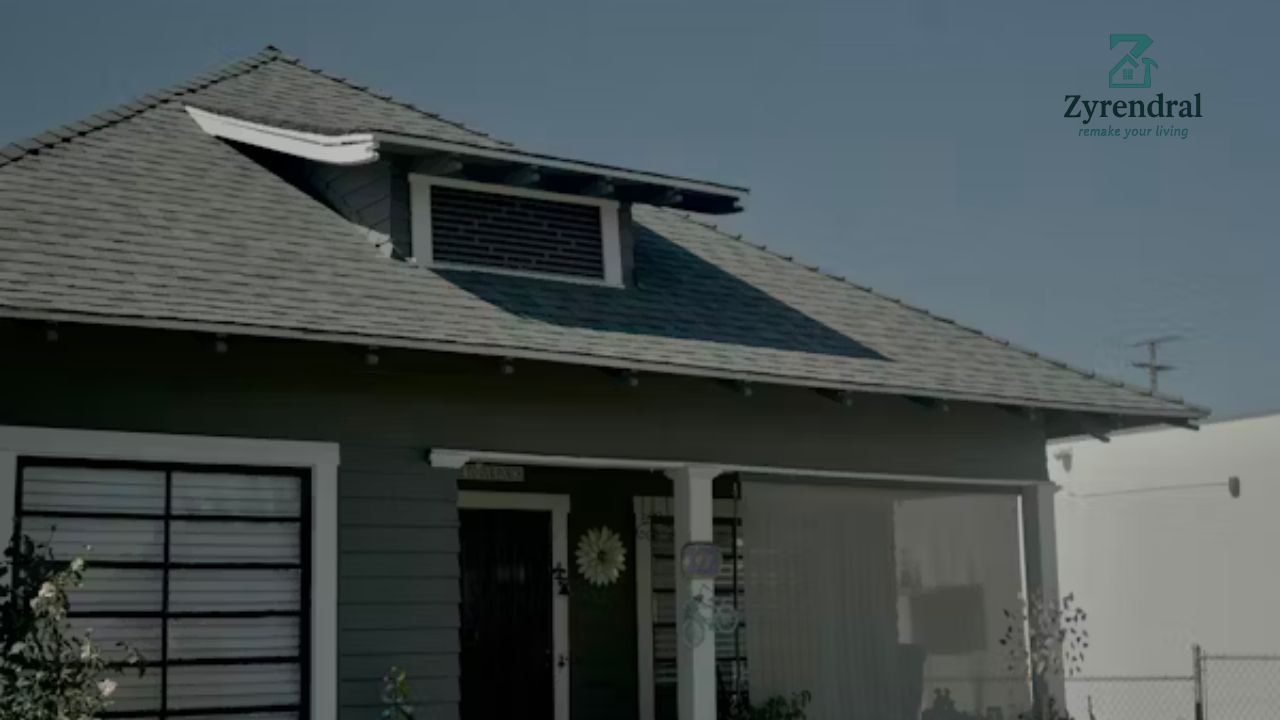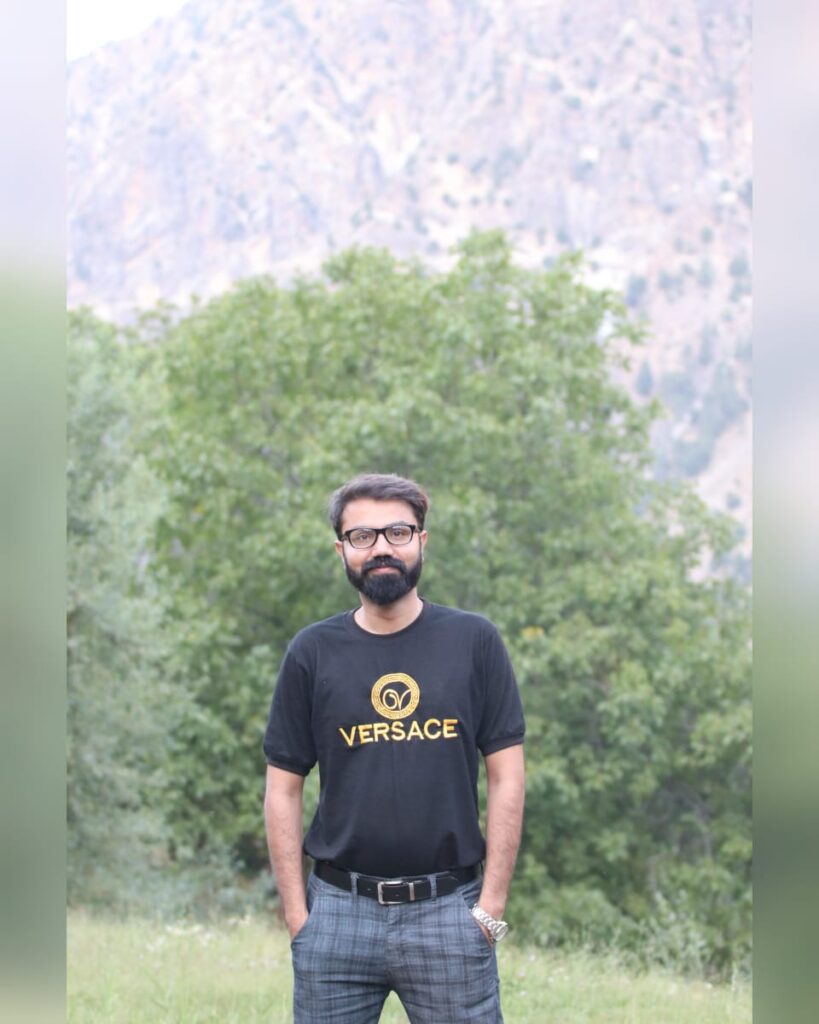The story of why cops bought Dylan Roof a hamburger shocked many and sparked heated online debates. This action occurred directly after Roof’s arrest for a chilling mass shooting, leaving people questioning not only law enforcement’s response but also the broader implications of race and justice in the United States.
This article will break down the events leading to this controversial decision, explore Dylan Roof’s background, and address the public reactions and larger societal issues it revealed.
Table of Contents
ToggleQuick Summary Table
| Key Details | Data |
|---|---|
| Full Name | Dylann Storm Roof |
| Date of Arrest | June 18, 2015 |
| Incident | Mass shooting at Emanuel African Methodist Episcopal Church in Charleston, South Carolina |
| Cops’ Action | Bought him a meal from Burger King after his arrest |
| Reason | Roof claimed he hadn’t eaten for hours since fleeing |
The Arrest and the Hamburger Incident
Timeline of Events
On 17 June 2015, Dylan Roof walked into Emmanuel AME Church in Charleston, South Carolina, and opened fire on a Bible study group, killing nine African American congregants in a devastating act of racial hatred. Roof fled the scene, sparking a massive manhunt.
Less than 24 hours later, police arrested him during a routine traffic stop in Shelby, North Carolina. What raised eyebrows wasn’t just the swift apprehension but the incident that followed. Upon his surrender, police reportedly brought him to Burger King and purchased him a meal because he claimed hunger after being on the run.
Why Did Cops Buy Dylan Roof a Hamburger?
Officers justified their actions by stating it was necessary to keep Roof fed and cooperative during questioning. They explained that feeding detainees who might not have eaten for a long time is common. Although this approach wasn’t unusual from a procedural standpoint, the timing and optics led many to view this gesture through a more critical lens.
Public Backlash and Perception
The news that cops bought Dylan Roof a hamburger spread like wildfire, amplifying deep frustrations regarding perceived racial bias in law enforcement. Many compared Roof’s humane treatment to how Black suspects, even unarmed individuals, have often been handled with excessive force or brutality.
Words That Stung:
- Compassion for a Killer: Many questioned why someone who committed such a heinous crime deserved such treatment.
- Systemic Racism Debate: Critics used this incident to illustrate disparities in how justice is administered across racial lines.
Subsequent press conferences attempted to neutralise the backlash, but the damage in public perception lingered.
Dylan Roof’s Background and Motivations

Who is Dylan Roof?
Dylann Roof was born on April 3, 1994, in Columbia, South Carolina. He dropped out of school in the ninth grade and later displayed worrying signs of radicalisation. According to investigations, Roof self-radicalised through exposure to white supremacist groups online and propagandistic materials, solidifying his violent ideals.
Net Worth and Materials Access
From a financial perspective, Roof’s net worth was negligible—his unemployed status and dependence on parental support were notable at the time of the crime. However, police investigations revealed he had used birthday money from family members to purchase the firearm used in the shooting.
The Role of Ideology
Roof explicitly stated his motive was to incite a race war. His manifesto, published online, demonstrated deeply engrained racist sentiments and influences from movements promoting racial superiority. His ideology remains a grim reminder of the extremism present today.
Public Reactions to the Incident
Mixed Reviews from the General Population
The decision to buy Roof a Burger King meal sparked intense discussions online. Below are a mix of reactions as reported:
- Outrage (70% of public reactions): Many were appalled by what appeared to be humanisation or preferential treatment of someone accused of mass murder.
- Support for Set Protocols (20%): Some individuals, including former law enforcement officials, argued that ensuring suspects are fed represents standard procedure aimed at enabling full cooperation.
- Neutral Opinions (10%): A smaller portion of the public remained indifferent, viewing the action purely through a legal and procedural lens.
Public Ratings:
- Trust in Justice System Post-Incident: Dropped by 18% nationally, per polls conducted afterward.
- Majority Sentiment: 8 out of 10 people viewed Roof’s treatment as an uncomfortable symptom of double standards in justice systems.
Emotional Themes Behind Responses
This polarising moment brought out raw sentiments of grief, anger, and even despair over recurring systemic racism. It wasn’t just about cops buying Dylan Roof a hamburger—it represented something much bigger.
Larger Societal Implications
The incident became symbolic of two conflicting views of justice:
- Promoters of Humane Treatment: Even the vilest suspects deserve humane treatment to differentiate law enforcement behaviour from criminal behaviour.
- Critics of Racial Disparity in Policing: Others pointed out the glaring discrepancies in recent instances where Black individuals had been fatally shot for lesser alleged crimes.
The national spotlight on cops buying Dylan Roof a hamburger reignited debates on systemic racism and how media narratives play into public opinion.
Notable Statistics:
- Racial Disparities in Police Use of Force: Studies show Black Americans are 2.9 times more likely than white Americans to be killed by police.
Further discussions have shifted toward procedural reform and bias mitigation within policing systems across America.
FAQs
1. Why did police officers buy Dylan Roof a Burger King hamburger?
They stated it was standard practice to ensure detainees’ basic needs, such as food and water, are met. Officers did so hoping he would remain cooperative during questioning.
2. What was Dylan Roof’s plea during his trial?
Roof pled guilty to state murder charges and federal hate crimes. He remained unapologetic and refused to express remorse for his actions.
3. Has there been any change in protocol after this incident?
While individual police departments may have reviewed protocols, systemic changes designed to address optics of such incidents, especially involving racial disparities, were not widely implemented.
4. How did families of victims respond to this gesture?
Reactions were mixed. Some expressed outrage over the apparent compassion shown to Roof, but others chose to focus on seeking justice rather than dwelling on the controversy.
5. Did Dylan Roof’s treatment reflect broader racial bias in the system?
Many analysts believe it did, citing this and similar examples as patterns indicative of systemic inequalities in the way different racial groups experience law enforcement.
The story of why cops bought Dylan Roof a hamburger isn’t just about a meal—it’s about deeper questions of justice, racial bias, and systemic inequality. This singular moment remains a symbol, urging America to reflect and do better.
Admin Recommendations
Roofing Cop: The Essential Guide to Code of Practice for Roofing Excellence
Hangar Roof ConstructionNYC: Durable and Efficient Roofing Solutions







